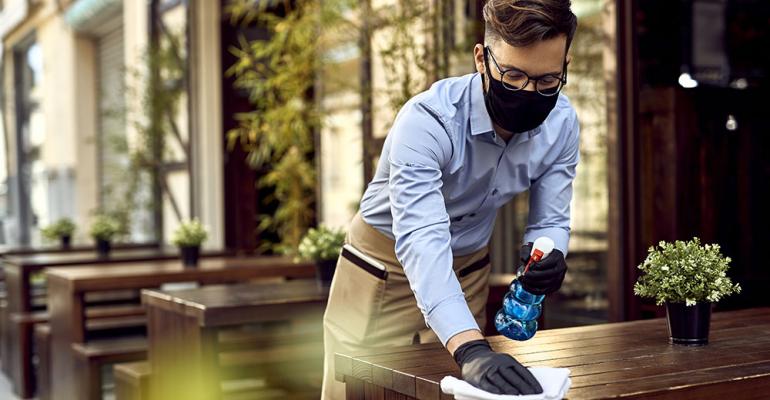The Centers for Disease Control and Prevention (CDC) has expended its definition of “close contact” of someone infected with COVID-19, the agency announced on Wednesday.
Previous guidance defined “close contact” as at least 15 consecutive minutes within six feet of someone who was infectious. The new guidelines expand that definition to 15 non-consecutive minutes within six feet of someone who was infectious across 24 hours. Those who fit this description should quarantine for two weeks.
The U.S. is “unfortunately seeing a distressing trend, with cases increasing in nearly 75% of the country,” Jay Butler, the CDC’s deputy director for infectious diseases, said Wednesday at a press conference.
The guidelines come out following a new study conducted by the CDC in August at a prison in Vermont, which found that a correctional officer who had “multiple brief encounters” with six COVID-positive inmates contracted COVID. The inmates were awaiting the results of their COVID tests when the interactions happened during a transfer.
The report noted that the officer was within six feet of the infected inmates at least 22 times during one eight-hour shift, totaling at least 17 minutes of exposure based on security-camera footage. The footage also showed that the inmates were wearing masks most of the time — but not always — and the guard was wearing a microfiber cloth mask, gown and eye protection at all times during these interactions.
“While a mask provides some limited protection to the wearer, each additional person who wears a mask increases the individual protection for everyone. When more people wear masks, more people are protected,” said the CDC.
While infection is not guaranteed, factors in the spread during these brief interactions include ventilation, air quality, the use of masks and how infectious the person’s strain is.
The new study “adds to the scientific knowledge of the risk to contacts of those with COVID-19 and highlights again the importance of wearing face masks to prevent transmission,” according to the CDC.
Those most heavily impacted include people who are in shared spaces for long periods of time or interact with multiple people at once. Restaurant workers, who interact with unmasked patrons while at tables, would seem to fall in that category.
“It’s easy to accumulate 15 minutes in small increments when you spend all day together — a few minutes at the water cooler, a few minutes in the elevator, and so on,” Caitlin Rivers, an epidemiologist at the Johns Hopkins Center for Health Security, told the Washington Post about an apparent risk to workers in an office setting. “I expect this will result in many more people being identified as close contacts […] This change underscores the importance of vigilant social distancing — even multiple brief interactions can pose a risk.”
Contact Holly at [email protected]
Find her on Twitter: @hollypetre





